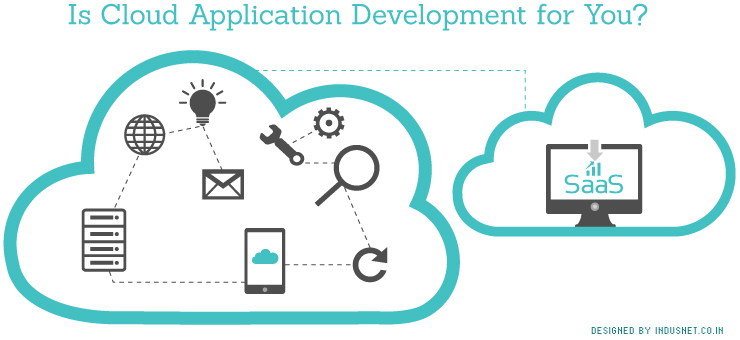
The role of data analytics in clinical trial design and analysis
What is the role of data analysis in clinical trials? Can there be better clinical trial data analysis using R and other technologies? Is there a case for using big data analysis in clinical trials? Experts would certainly say Yes to all these questions. Clinical trials themselves have gone through sweeping changes over the last decade, with several new developments in immunotherapy, stem cell research, genomics, and cancer therapy among numerous segments. At the same time, there has been a transformation in the implementation of clinical trials and the process of identifying and developing necessary drugs. To cite a few examples of the growing need for clinical trial data analysis, researchers gain quicker insights through the evaluation of databases of real-world patient information and the generation of synthetic control arms, while identifying drug targets alongside. They can also evaluate drug performance post-regulatory approvals in this case. This has lowered the cost and time linked to trials while lowering the overall burden on patients and enabling faster go-to-market timelines for drugs too. What is driving data analysis in clinical trials? Clinical trial data analysis is being majorly driven by AI (artificial intelligence) along with ML (machine learning), enabling the capabilities of collection, analysis, and production of insights from massive amounts of real-time data at scale, which is way faster than manual methods. The analysis and processing of medical imaging data for clinical trials, along with tapping data from other sources is enabling innovation of the entire process while being suitable for supporting the discovery procedure in terms of quickening the trials, go-to-market approaches, and launches. The data volumes have greatly increased over the last few years, with more wearable usage, genomic and genetic understanding of individuals, proteomic and metabolomic profiles, and detailed clinical histories of patients derived from electronic health records. Reports indicate 30% of the data volumes of the world are generated by the global healthcare industry. The CAGR (compound annual growth rate) for healthcare data will touch 36% by the year 2025 as well. The volume of patient data in clinical systems has already grown by a whopping 500% to 2020 from 2016. Data analysis in clinical trials- What else should you note? Here are a few factors that are worth noting: Synthetic control arm development The role of data analysis in clinical trials is even more evident when one considers the development of synthetic control arms. Clinical drug discovery and trials may be fast-tracked while enhancing success rates and designs of clinical trials. Synthetic control arms may help in overcoming challenges linked to patient stratification and also lower the time required for medical treatment development. It may also enable better recruitment of patients through resolving concerns about getting placebos and enabling better management of diverse and large-sized trials. Synthetic control arms tap into both historical clinical trials and real-world data for modelling patient control groups and doing away with the requirement for the administration of placebo treatments for patients which may hinder their health. It may negatively impact patient outcomes and enrolment in trials. The approach may work better for rare ailments where populations of patients are tinier and the lifespan is also shorter owing to the disease’s virulent nature. Using such technologies for clinical trials and bringing them closer to end-patients may significantly lower the overall inconveniences of travelling to research spots/sites and also the issue related to consistent tests. ML and AI for better discovery of drugs ML and AI may enable a quicker analysis of data sets gathered earlier and at a swifter rate for clinicians, ensuring higher reliability and efficiency in turn. The integration of synthetic control arms in mainstream research will offer new possibilities in terms of transforming the development of drugs. With an increase in the count of data sources including health apps, personal wearables and other devices, electronic medical records, and other patient data, these may well become the safest and quickest mechanisms for tapping real-world data for better research into ailments with sizeable patient populations. Researchers may achieve greater patient populations which are homogenous and get vital insights alongside. Here are some other points worth noting: The outcomes of clinical trials are major metrics with regard to performance, at least as far as companies and investors are concerned. They are also the beginning of collaborations between patients, groups, and the healthcare sector at large. Hence, there is a clearly defined need for big data analysis in clinical trials as evident through the above-mentioned aspects. FAQs How can data analytics be used in clinical trial design and analysis? Data analytics can be readily used for clinical trial design and analysis, expanding patient selection criteria, swiftly sifting through various parameters and helping researchers better target matching patients who match the criteria for exclusion and inclusion. Data analysis methods also enable better conclusions from data while also improving clinical trial design due to better visibility of the possible/predicted risk-reward outcomes. What are the benefits of using data analytics in clinical trial design and analysis? The advantages of using data analytics in clinical trial design and analysis include the integration of data across diverse sources, inclusive of third parties. Researchers get more flexibility in terms of research, finding it easier to analyze clinical information. Predictive analytics and other tools are enabling swifter disease detection and superior monitoring. What are the challenges of using data analytics in clinical trial design and analysis? There are several challenges in using data analytics for the analysis and design of clinical trials. These include the unavailability of skilled and experienced resources to implement big data analytics technologies, data integration issues, the uncertainty of the management process, storage and quick retrieval aspects, confidentiality and privacy aspects and the absence of suitable data governance processes. What are the best practices for implementing data analytics in clinical trial design and analysis? There are numerous best practices for the implementation of data analytics for the analysis and design of clinical trials. These include good clinical data management practices, clinical practices, data governance








